Getting Asda to embrace ECR methodologies and collaborate closely with suppliers has involved a major shift in strategy, said James Wilson, director of business alignment at the British supermarket chain.
But it's all come about because managers are now thinking the Wal-Mart way.
And while much of Asda's initial work on collaboration has been conducted with Unilever, Wilson stressed: "This is not an exclusive process but is how we envisage all our business relationships could be developed."
He said: "Twelve months ago we would not have shared a common agenda and a common set of priorities.
"Times have changed. We are now part of a highly successful global organisation which has meant Asda's management has been introduced to a whole new approach, a whole new way of thinking."
That new approach also meant taking a hard look at the largely confrontational relationships it had with suppliers which meant both sides were missing out on the big commercial wins.
Wilson shared the stage with Tony Smith, sales director of Van den Bergh Foods, who said: "A product could be launched while we were still attempting to agree launch details or cost price.
"Today the relationship is very different. Asda aims to take 25% market share of every product launched. It gets behind new products, driving them into its stores. And this strategy is having a huge influence on how our people work together."
Asda had to overcome a degree of internal scepticism among its buyers about the real value of using ECR tools to build collaboration.
It also had to work with Unilever to define the best way for the companies to communicate if only to cut through the different jargons.
And both companies needed to be willing to share information, said Wilson.
"Pooling together our consumer knowledge, not just in one country, but globally, has helped us gain a better insight into the Wal-Mart consumer so essential to sustaining growth. This knowledge is reinforced by the information generated by Retail Link [Wal-Mart's data system]."
Having identified the areas of improvement, Asda and Unilever used the ECR Scorecard to highlight the "priority focus areas" of product introductions, assortment optimisation, consumer value creation and responsive replenishment.
The process for each area is essentially the same: gather consumer research, create a plan, implement it, track results and then use the experience to lay down a foundation for future projects.
The results to date are impressive. When Unilever's Elida Fabergé introduced Dove deoderant, for instance, Asda had full distribution in all stores within three weeks and took a 21% market share soon after the launch.
The process started six months before the launch when Asda was first briefed so appropriate plans could be developed for introducing the product. Key performance indicators were agreed. And a lot of work was done to ensure the launch achieved maximum impact in stores.
As far as assortment optimisation is concerned, Asda and VdB have a lot of work under way in the "rather boring, rather confusing" butters and margarines category. In three Asda stores SKUs and brands are being taken out to reduce clutter in the fixture.
The companies claim sales have grown.
And profits are up, primarily because shoppers can now spot "easy spread, buttery taste" products previously hidden because there were too many lines on display.
Turning to responsive replenishment, Wilson said this was vital to the success of its work in other areas. And he said the real enabler for responsive replenishment would be Wal-Mart's Retail Link system, about to go live in the UK.
Smith said Unilever and Asda were a "third of the way down our journey" to use collaboration to "generate sustainable, profitable growth".
But Wilson said Asda was already convinced that whatever the risks involved in "managing any business in an increasingly open manner with the disclosure of knowledge and information" the changes being made were already leading to a win:win situation.
{{NEWS }}
Close menu
- Home
- Buying & Supplying
- Stores
- Channels
- Finance
- People
- Reports
- Events
- Jobs
- Subscribe now
Sign in to comment on this article
Not logged in before? Register for FREE guest access today.
You will be able to:
- Read more stories
- Receive daily newsletters
- Comment on stories
Advert



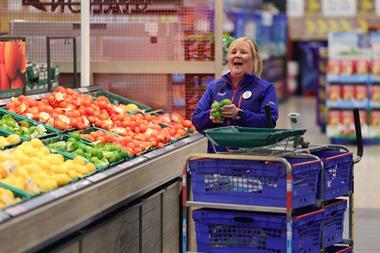
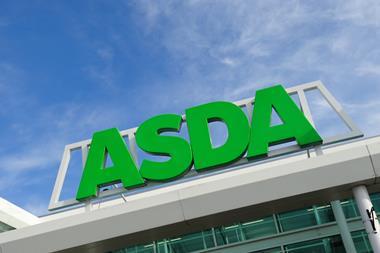


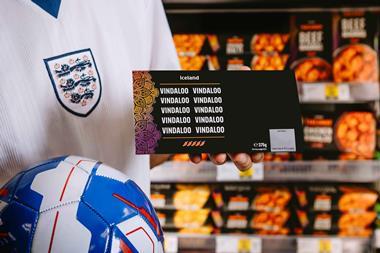
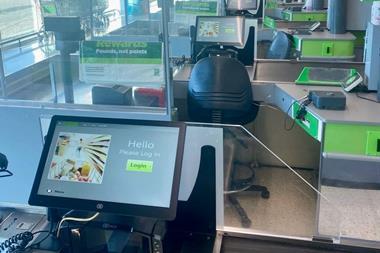
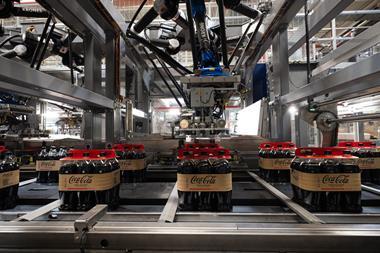
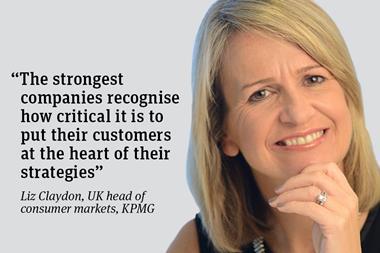



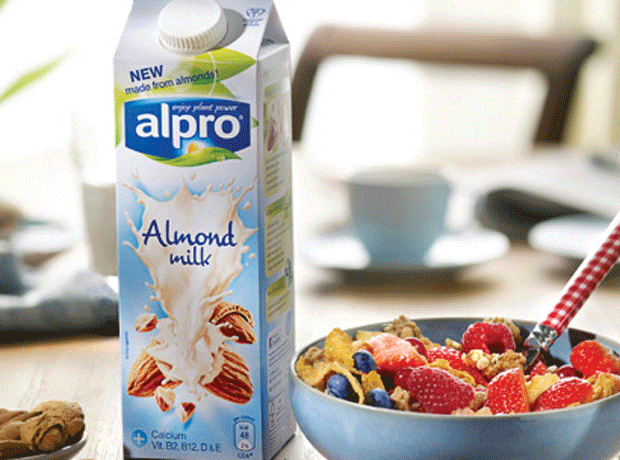
No comments yet